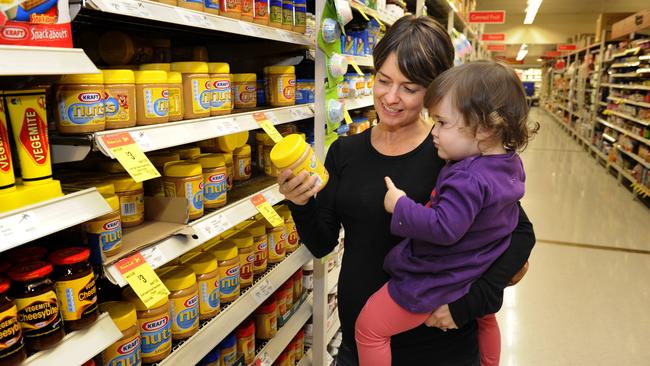Allergy doctor finds reason for rise in anaphylactic reactions
Undeclared food allergens on the labels of packaged foods are fuelling the rise in allergic reactions and potentially deadly anaphylaxis, one of Australia’s top allergy researchers has discovered.

QLD News
Don't miss out on the headlines from QLD News. Followed categories will be added to My News.
UNDECLARED food allergens on the labels of packaged foods are fuelling the rise in allergic reactions and potentially deadly anaphylaxis, one of Australia’s top allergy researchers has discovered.
Dr Giovanni Zurzolo, a research fellow in the Allergy and Lung Health Unit at the Melbourne School of Population and Global Health and a Murdoch Children’s Research Institute honorary fellow has called for food labelling to have tighter regulation. Ingredient labels are regulated in Australia but precautionary labelling is optional.
“Our current results suggest that in Australia, packaging errors are a leading cause of food recalls due to presence of undeclared food allergens, not allergen cross-contact,” Dr Zurzolo said.
“This finding may also explain the relatively high prevalence of consumer reported anaphylaxis to processed food, as we have previously reported.”
In an article published in the Journal of Paediatrics and Child Health, Dr Zurzolo, using Food Standards Australia New Zealand (FSANZ) data from 2018, said incorrect labelling caused most food recalls from 2016-2018. It had been previously assumed that cross-contact, where something went wrong in the supply chain, such as nut traces finding their way into chocolate, was the main cause.
Dr Zurzolo said from 2009-2018, FSANZ conducted 675 food recalls. Undeclared allergens (39 per cent), microbial contamination – such as yeast or bacteria – (26 per cent) and foreign matter (16 per cent) accounted for most recalls.
In mid-2016, FSANZ added another question to determine the cause of undeclared allergen recalls. It wanted to find out why the prevalence of recalls due to undeclared allergens was so high.
It found that for 2016-2018, packaging errors where the food product was either packed into incorrect packaging or was incorrectly labelled accounted for 56 per cent of these recalls, supplier verification issues 16 per cent and cross-contact 10 per cent.
Dr Zurzolo, whose work is funded by the Centre for Food and Allergy Research, said this demonstrates a strong need for better packaging procedures.
“There is a need for improved packaging practices to minimise foods with undeclared allergens and increase food safety for food allergic consumers,” Dr Zurzolo said.
“We have called upon industry and governments to have one risk-assessment process that all manufacturers must adhere to,” he said.
